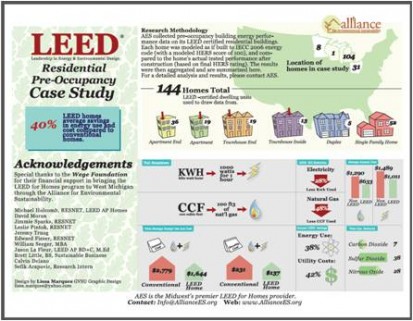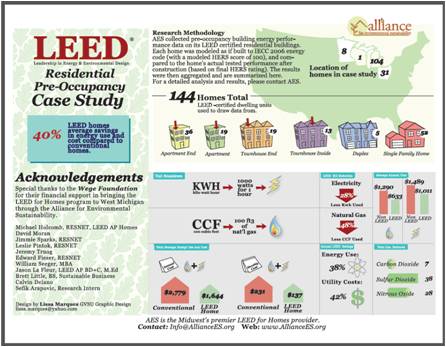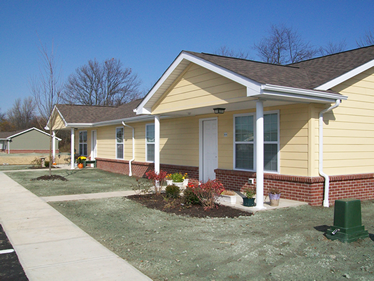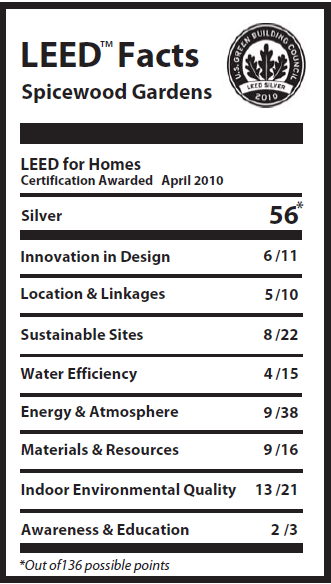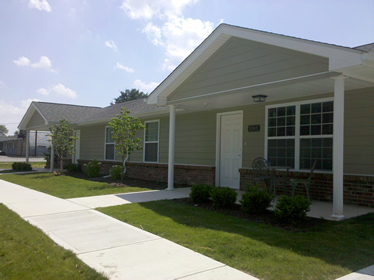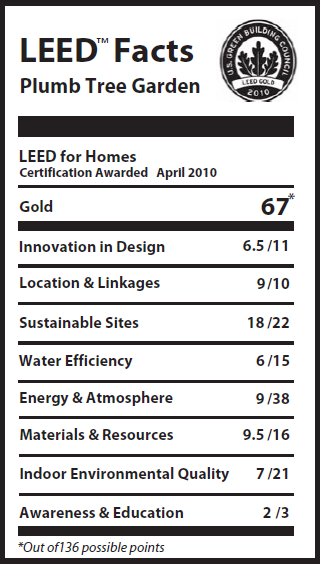Post Occupancy Study & Extra ID Credit Opportunity
is conducting a post occupancy utility study of all our current/future LEED for Homes projects in conjunction with USGBC’s new pre-approved Building Performance Partnership ID credit. This study will help measure the effectiveness of LEED™ for Homes, work as an educational tool and help promote the LEED™ standard and all parties involved in certified projects. We encourage project team leaders to inform residents of this opportunity.
Project teams signing up can earn one Innovation and Design point for enrolling.
Background Information USGBC’s Building Performance Partnership (BPP): engages commercial and residential LEED building owners and managers in an effort to optimize the performance of buildings through data collection, analysis and action. This partnership among USGBC and the thousands of LEED project owners will result in the population of a comprehensive green building performance database, enable standardization of reporting metrics and analytics, and establish new performance benchmarks. USGBC’s BPP participants are eligible for annual performance reports, report cards and real-time data interfaces to aid in their building performance goals. Together, USGBC and BPP participants will transform the way the world views building operations.
Please sign up here below
To earn ID Credit please go to the USGBC’s Website and fill in your project information and check off: 38: PF – Advanced Utility Tracking
Then sign up here. http://www.earthaid.net/bpp
Note: you will need to have an active online account with you utility companies, if you don’t, please sign up (this also a good time to make sure to select the paperless option with your utilities!)
Let us know once you have signed up!

